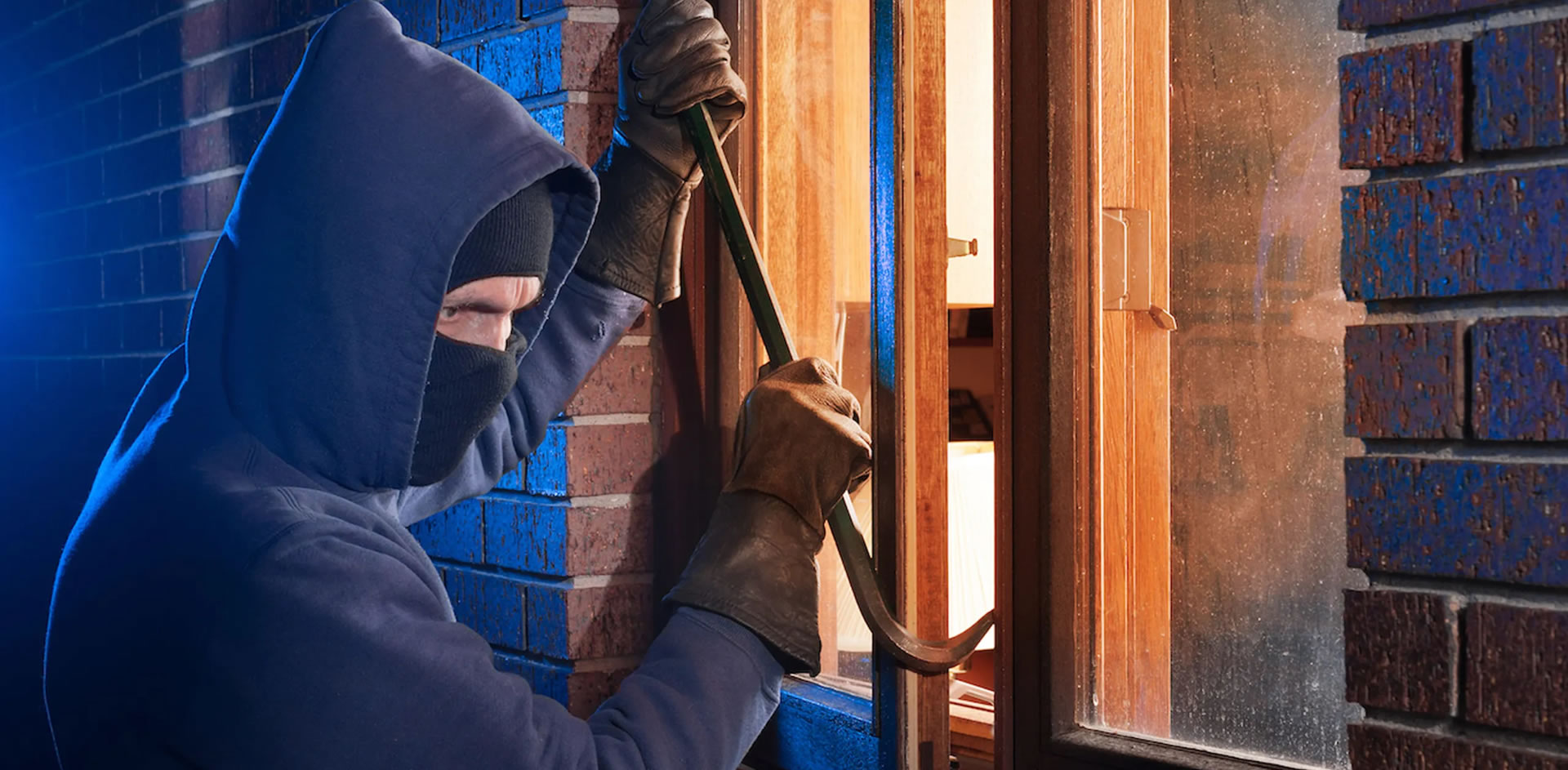
Property crimes encompass many different types of offenses and are among the more frequent of reported criminal activity. In 2019 alone, the FBI reported 55,974 incidents of property crimes in the state of Arizona, compared to 11,803 incidents of violent crimes.
One reason there is such a high number of property crimes in the state is that a number of offenses are lumped under the term property crimes including cases of property damage, burglary, and arson. Along with the wide range of offenses included under property crimes, there is also an array of penalties based on the type of crime committed and its severity, ranging from misdemeanors to serious felonies.
It is important to understand what property crimes constitute in Arizona, as often individuals may not even realize they are engaging in criminal behavior when committing property crimes.
If you have been charged with a property crime, the prosecution will bear the burden of proving beyond a reasonable doubt that the crime was committed. This is a very high standard. An experienced attorney will help you in defending your case, making it more difficult for the prosecution to meet their burden. With the help of an attorney, your charge may be mitigated or dismissed all together, avoiding any penalties.
The most common property crimes are listed and explained below. The purpose of this article is to give an overview as to the major property offenses. If you have been charged with a property crime, it is best to contact an attorney as soon as possible so they can assess your specific case.
Criminal property damage, more commonly known as vandalism, occurs where a person recklessly:
Criminal property damage could come up in any number of situations. Examples include putting graffiti on a building, keying one’s vehicle, or destroying personal property.
To commit criminal property damage, one must act recklessly, or in the case of tampering with utility property, intentionally. To act recklessly means a person must be aware of, but consciously disregard, a substantial and unjustifiable risk that a harmful result will occur from the circumstances when committing the property damage. To act intentionally, a person should have the conscious objective that a specific result will occur when engaging in the property damage.
Penalties for criminal property damage will be dependent on the value of the damage caused and can range from a Class 2 misdemeanor to a Class 4 felony. For example, recklessly damaging property in an amount of $10,000 or more will be a Class 4 felony, which has a maximum prison sentence of 3.75 years. However, where a person damages property of another in an amount over $250, but less than $1000, is liable for a Class 1 misdemeanor, with a maximum prison sentence of six months.
Arson is another common criminal property crime. In Arizona, arson is broken down into three categories:
To commit reckless burning, a person must recklessly cause a fire or explosion which results in damage to an occupied structure, a structure, wildland, or property. Reckless burning is a Class 1 misdemeanor, with a maximum of six months in prison. A person may also be subject to various fines because of their participation in the crime.
When committing arson of a structure of property, a person knowingly and unlawfully damages the structure by knowingly causing a fire or explosion. This is a Class 4 felony when the property value exceeds $1,000. Penalties becomes less severe with the decrease in value of the property.
A person commits arson of an occupied structure by knowingly and unlawfully damaging an occupied structure by knowingly causing a fire or explosion. Arson of an occupied structure is a Class 2 felony, with sentences ranging from 4 to 12.5 years.
Criminal trespass can be committed in three degrees, with the first degree having the most severe punishment. Third degree criminal trespass occurs where a person knowingly enters or remains unlawfully on any real property after a reasonable request to leave by a law enforcement officer, the owner or anyone in lawful control of the property, or reasonable notice of prohibited entry.
Criminal trespass in the third degree is a Class 3 misdemeanor. Second degree criminal trespass is a Class 2 misdemeanor, and first degree is either a Class 6 felony or Class 1 misdemeanor.
Similar to criminal trespass, burglary has three degrees as well. Burglary in the third degree is committed where a person enters or remains unlawfully in or on a nonresidential structure with the intent to commit any theft of any felony therein. Burglary can also be committed when unlawfully entering a motor vehicle with the intent to commit a theft or felony in the vehicle.
Burglary in the third degree is a Class 4 felony. Burglary in the second degree is a Class 3 felony and occurs where the burglary materializes in a residential structure. First degree burglary is committed where a person commits a burglary while knowingly possessing explosives, a deadly weapon, or a dangerous instrument in the course of committing any theft or any felony. When committed in a nonresidential structure, fenced commercial property, or residential yard, it is a Class 3 felony. It is a Class 2 felony if committed in a residential structure.
Common defenses to property crimes are listed below. Defenses will be specific to the facts and circumstances of the case and a lawyer will best be able to determine which defenses are applicable to an accused person’s specific situation.
To determine what type of property crime you are being charged with, to what degree, and how best to defend that charge, it is best to contact an experienced attorney, familiar with Arizona property crime laws to help guide you in either mitigating or completely dismissing your case.
back